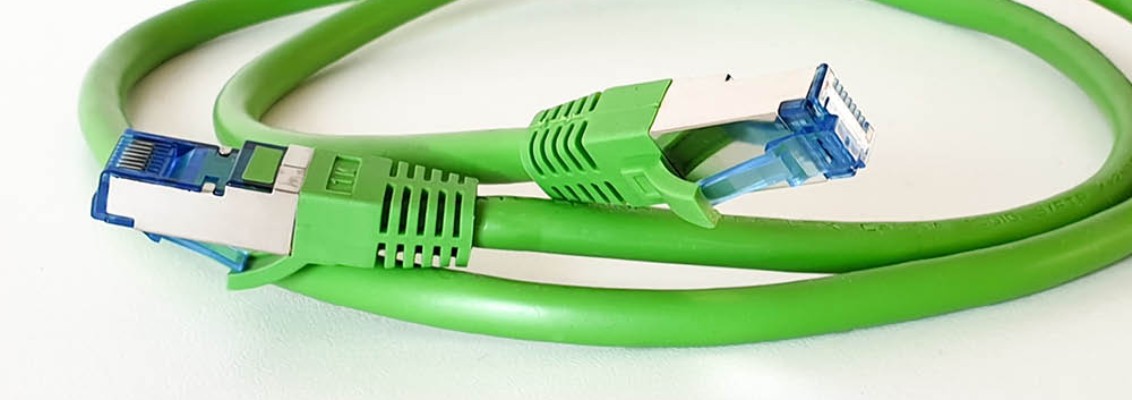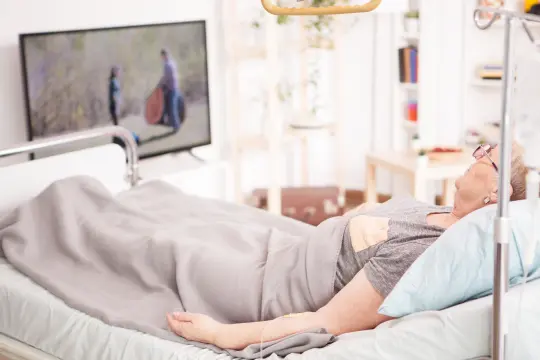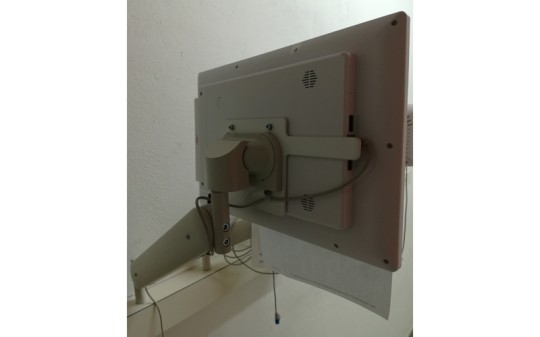Durable Connection Cables for Flexible Monitors
In a hospital in Upper Franconia (Southern Germany), 225 patient beds were equipped with new flexible monitors, making the screen position easy to change. However, due to poor quality cabling, the monitors did not withstand the stresses associated with everyday use. HELUKABEL took a closer look at the problem and found a solution by supplying a much stronger cable with greater durability that is typically applied to machine control panels.

Monitors that can be tilted and rotated are found in many different applications: for example, as operating terminals in mechanical and plant engineering, in control centres and control rooms in manufacturing and logistics, or in the medical field in equipment for operating theatres and hospital rooms. The daily use of these devices exposes them to certain stresses and strains. For instance, their cabling is particularly susceptible to damage due to constant tensile stresses.
A hospital manager who equipped around 225 beds with new patient monitors that could be tilted experienced this problem. For many patients, the TV screen is an important distraction in the recovery process and an easy way to pass time. It is very frustrating when a device does not work due to a defect.
The problem: the first manufacturer supplied cables of inferior quality. With an outer diameter of just 3.3 millimetres, an inner conductor of only 0.05 mm² and the absence of screening, the connection cables could not withstand the daily stresses and strains associated with everyday life at the hospital. Due to the tensile forces during use, cables and plugs broke after a very short time period and needed to be replaced again and again by facility management. This resulted in a considerable and unnecessary waste of time and money.

A Tensile Strength That Is Roughly Three Times as High
The hospital management turned to HELUKABEL to find a solution. The leading supplier of cables and wires recommended the HELUKAT500 IND EXTRAFLEX patch cable as a new connection cable. This cable originates from the mechanical engineering sector, where it is used in control panels with adjustable screens, among other applications. With a significantly higher and thus standard-compliant cable cross-section of 0.14 mm², it offers around three times the tensile strength of the previously used cable. In addition, the screening, which has the purpose to improve electromagnetic compatibility (EMC), reinforces the cable's tensile strength. With this product, damage and equipment malfunctions are much rarer, which reduces the need for repairs and maintenance. Thanks to its excellent flexibility, the cable is also ideal for medical overhead supply units or other mobile applications in various industries.

